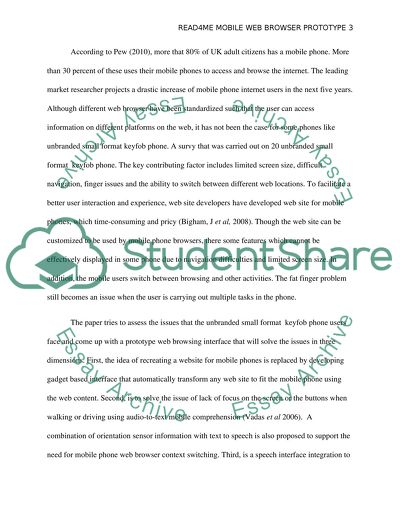Cite this document
(“Prototype Interface Design Coursework Example | Topics and Well Written Essays - 2500 words”, n.d.)
Prototype Interface Design Coursework Example | Topics and Well Written Essays - 2500 words. Retrieved from https://studentshare.org/design-technology/1493871-prototype-interface-design
Prototype Interface Design Coursework Example | Topics and Well Written Essays - 2500 words. Retrieved from https://studentshare.org/design-technology/1493871-prototype-interface-design
(Prototype Interface Design Coursework Example | Topics and Well Written Essays - 2500 Words)
Prototype Interface Design Coursework Example | Topics and Well Written Essays - 2500 Words. https://studentshare.org/design-technology/1493871-prototype-interface-design.
Prototype Interface Design Coursework Example | Topics and Well Written Essays - 2500 Words. https://studentshare.org/design-technology/1493871-prototype-interface-design.
“Prototype Interface Design Coursework Example | Topics and Well Written Essays - 2500 Words”, n.d. https://studentshare.org/design-technology/1493871-prototype-interface-design.


